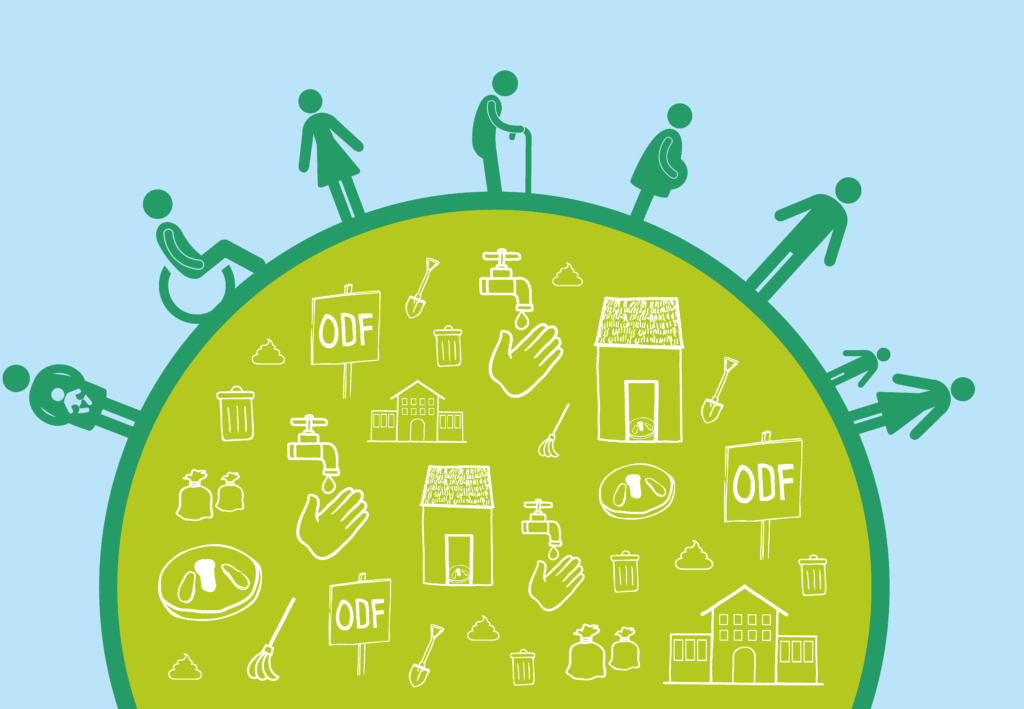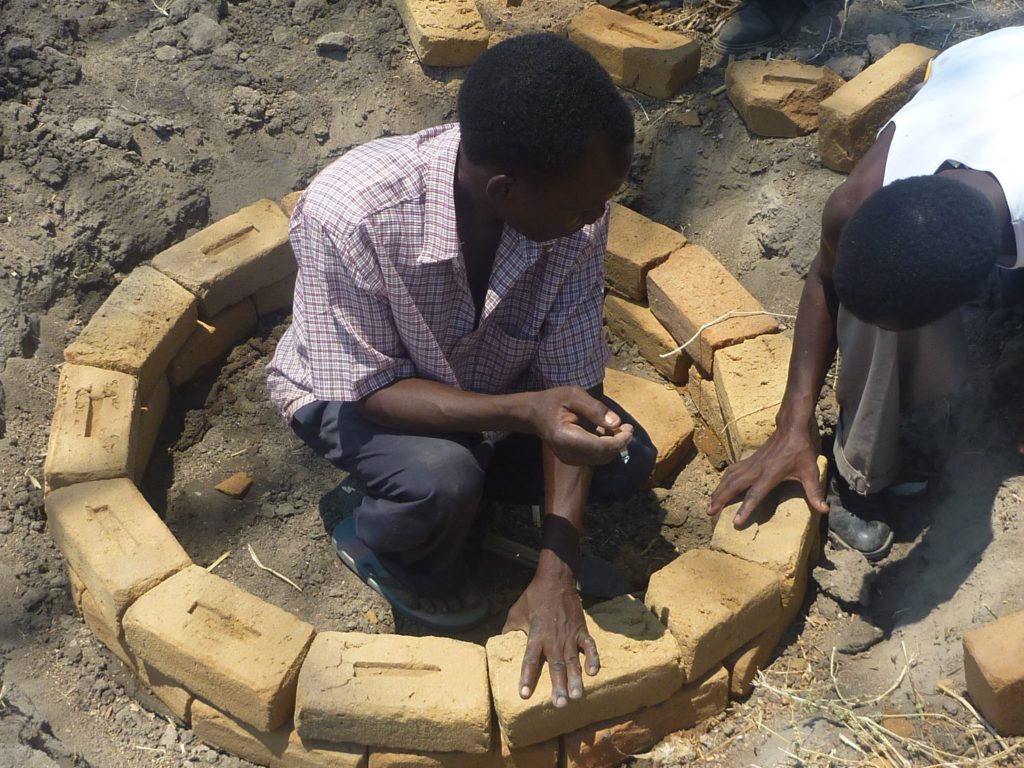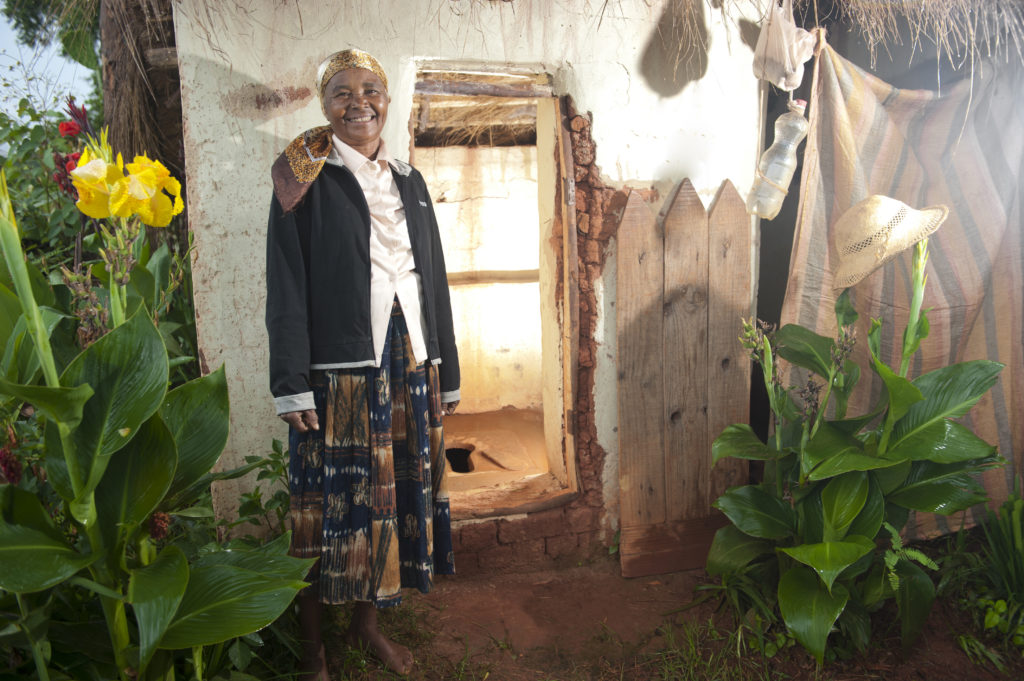The SDGs have raised the bar. The aim now is to ensure universal access to safely managed sanitation, which means everyone should have access to an improved facility where the excreta collected is disposed in situ or transported off-site and treated.
In addition to the 673 million people practising open defecation, 3.6 billion use services that do not meet safely managed standards (2.2 billion people use a basic service, 672 million use a limited service and 701 million people are reliant on an unimproved sanitation facility). What a safely managed facility is and the how the service chain operates will look different in urban and rural environments.
Many interventions stop after open defecation free status is achieved and new programming modalities are needed to support households and communities reach higher rungs of the sanitation ladder and service chain. These will include a mix of market-based and financing interventions and the identification, strengthening and promoting of local technological solutions for those who would otherwise be unlikely to gain access to affordable products and services.
For programmes to be truly sustainable, they need to be led by national and local government, aligning stakeholders with agreed strategies and plans. In urban settings particularly, appropriate regulatory processes also need to be incorporated into programme design to ensure safely managed service delivery at every stage of the service chain.
Sustainability is also a major challenge. Slippage rates vary widely between and within countries. Monitoring of slippage in both toilet use and service provision is not systematic, despite widespread recognition of the issue, and monitoring of programme success often ends shortly after project completion, resulting in limited long-term data on the sustainability of outcomes.
We need to know more about how programmes can be better designed to ensure sustainability and what interventions can take place to reverse slippage where it has occurred. New practices addressing physical, social, institutional and behavioural sustainability need to be identified rapidly and widely shared.









